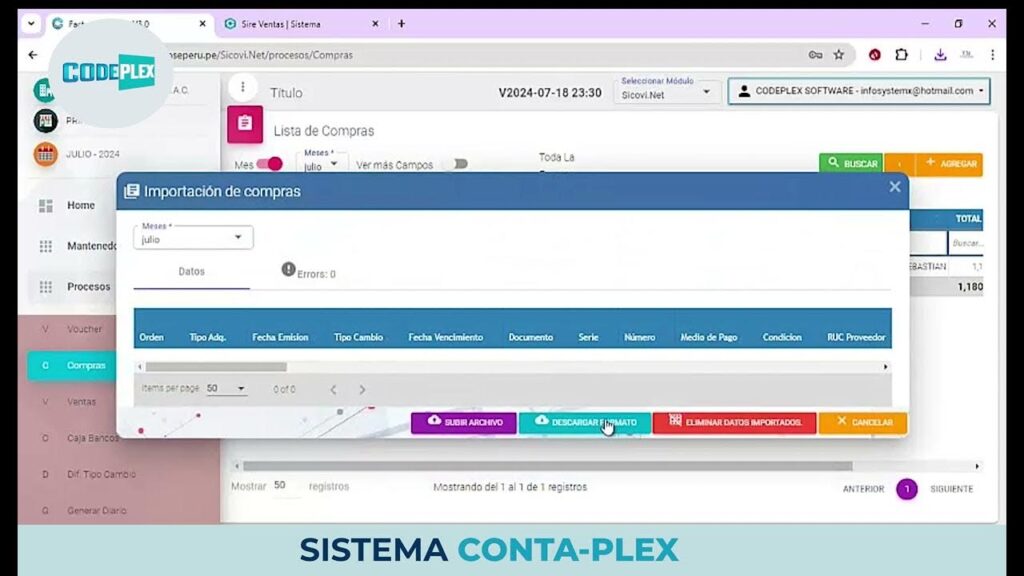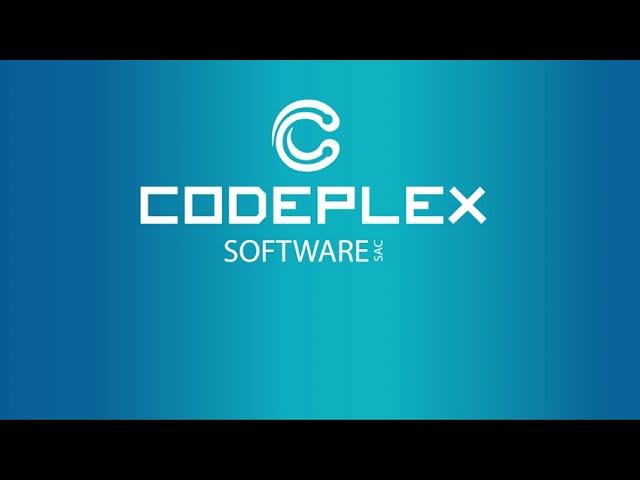Table of Contents
- Introduction
- Origins of the CodePlex Foundation
- The Need for an Open Platform
- Rebranding to Outercurve Foundation
- Outercurve’s Mission and Vision
- Impact on the Open Source Community
- Notable Projects under Outercurve
- Governance and Licensing Principles
- Microsoft’s Role and Contributions
- Lessons Learned from CodePlex to Outercurve
- Outercurve Today and the Future
- Conclusion
Introduction
The open source movement has evolved dramatically over the past two decades. What began as a grassroots effort to share code and knowledge has become a cornerstone of global software innovation. Among the organizations that helped shape this transformation is the Outercurve Foundation, formerly known as the CodePlex Foundation. In this article, titled De CodePlex a Outercurve: Evolución de una fundación open source, we explore how the rebranding of this foundation marked a turning point in the relationship between open source communities and enterprise software development.
By tracing the foundation’s roots, goals, and key contributions, we can better understand how CodePlex evolved into Outercurve and why this shift was critical to building trust and transparency in the open source ecosystem.
Origins of the CodePlex Foundation
The CodePlex Foundation was founded in 2009 as a Microsoft-backed initiative designed to promote collaboration between commercial software companies and open source communities. Its purpose was to create a neutral space where developers could work together on projects without being constrained by proprietary boundaries.
At that time, the term “open source” was still viewed with skepticism in parts of the enterprise world. Microsoft’s decision to establish the CodePlex Foundation was seen as a bold move—a signal that it recognized the value of openness and the need to engage meaningfully with community-driven software development.
The foundation’s early projects focused on supporting .NET-based open source initiatives, providing developers with tools, guidance, and governance structures that ensured long-term sustainability and licensing clarity.
The Need for an Open Platform
One of the challenges that CodePlex faced was perception. The name “CodePlex” was also associated with Microsoft’s code hosting platform, CodePlex.com, which led to confusion about the foundation’s independence. Many developers mistakenly believed that the foundation was a direct Microsoft project rather than a neutral entity dedicated to open collaboration.
This confusion hindered broader participation from the community. Developers outside of the Microsoft ecosystem were hesitant to engage, fearing that CodePlex was too closely tied to corporate interests. As a result, the foundation’s leadership realized the need for a rebranding strategy that would clarify its mission and strengthen its credibility within the global open source movement.

Rebranding to Outercurve Foundation
In September 2010, the CodePlex Foundation officially rebranded as the Outercurve Foundation. The decision to change the name reflected a deeper transformation—one that emphasized independence, inclusivity, and neutrality.
The name “Outercurve” symbolized the foundation’s commitment to exploring the outer edges of innovation—beyond traditional corporate structures. According to the organization’s announcement, the rebranding aimed to “eliminate confusion and communicate a clearer sense of purpose.”
By distancing itself from the CodePlex hosting site, Outercurve positioned itself as an independent foundation committed to fostering collaboration across all technologies, not just Microsoft-related ones. This move was widely applauded by the open source community, signaling a maturing relationship between enterprises and open ecosystems.
Outercurve’s Mission and Vision
The newly named Outercurve Foundation embraced a simple yet powerful mission: to enable open collaboration between software companies and the open source community. It sought to provide structure and legal support for open source projects, ensuring that contributors and companies could collaborate without ambiguity around licensing or intellectual property.
Outercurve’s vision was rooted in the idea of stewardship. Rather than owning projects, the foundation acted as a facilitator—helping communities self-govern while maintaining compliance with open source principles as outlined by the Open Source Initiative.
This approach established Outercurve as a trusted intermediary between corporate entities and independent developers—a bridge that made collaboration not only possible but also sustainable.
Impact on the Open Source Community
The transformation from CodePlex to Outercurve had a profound impact on how developers and organizations viewed Microsoft’s involvement in open source. It demonstrated a clear shift in philosophy—from protecting proprietary interests to embracing shared innovation.
Outercurve became a symbol of how corporate and community interests could align for mutual benefit. It provided essential governance frameworks, licensing models, and project incubation resources that allowed open source initiatives to thrive independently while benefiting from enterprise-grade support.
This impact extended beyond .NET developers. Outercurve’s neutral stance encouraged cross-platform collaboration, inspiring other companies to establish similar foundations or join existing ones to promote shared technological growth.
Notable Projects under Outercurve
Throughout its operation, the Outercurve Foundation supported numerous high-profile projects that helped advance open source innovation. Some of these included:
- NuGet: The official package manager for .NET, now integral to Visual Studio and .NET Core. NuGet exemplified how open collaboration could lead to sustainable, community-driven tooling.
- Orchard CMS: A powerful, modular content management system built on .NET technology, supporting open contribution and extensibility.
- DotNetOpenAuth: A library enabling secure authentication and identity solutions using open protocols like OAuth and OpenID.
These projects showcased Outercurve’s ability to nurture initiatives that balanced community input with enterprise reliability. Many of them continue to influence software development practices today.
Governance and Licensing Principles
One of the pillars of Outercurve’s success was its commitment to clear and responsible open source licensing. The foundation offered legal guidance to project maintainers, ensuring that all contributions were properly licensed and compliant with community standards.
Outercurve emphasized transparency and openness by adopting permissive licenses such as MIT, Apache 2.0, and MS-PL. These licenses empowered developers to use, modify, and redistribute code freely, aligning with global open source ethics.
By providing structured governance, Outercurve reduced legal risks and administrative overhead, allowing contributors to focus on innovation rather than bureaucracy. This approach continues to serve as a model for how open source organizations can operate effectively and ethically.
Microsoft’s Role and Contributions
Although Outercurve was founded with Microsoft’s support, it was structured as an independent, non-profit organization. Microsoft contributed initial resources, technical expertise, and leadership but deliberately limited its control to maintain transparency and neutrality.
This balance proved crucial. It allowed Outercurve to attract developers from diverse backgrounds, including those outside of the Microsoft ecosystem. By fostering inclusivity, the foundation reinforced the idea that open source should transcend corporate affiliations.
Microsoft’s later initiatives—such as open sourcing .NET Core and acquiring GitHub—can be seen as natural extensions of the lessons learned through Outercurve. The foundation laid the groundwork for Microsoft’s full embrace of open source principles.

Lessons Learned from CodePlex to Outercurve
The transition from CodePlex to Outercurve offers several key lessons for the broader software community:
- Neutral Branding Matters: Independence and clarity of purpose are essential for gaining trust in open source environments.
- Governance Is the Backbone of Collaboration: Well-defined legal and operational frameworks enable sustainable contribution.
- Open Source Is About People, Not Just Code: Building trust among contributors is as important as writing high-quality software.
- Evolution Requires Adaptation: Successful foundations evolve with the changing needs of developers and organizations.
Outercurve’s rebranding wasn’t just cosmetic—it represented a deep understanding that openness is a process, not a destination.
Outercurve Today and the Future
Today, the Outercurve Foundation continues to serve as a beacon for open collaboration. While the technology landscape has shifted toward cloud-native and AI-driven development, the principles that guided Outercurve remain highly relevant.
Modern projects that emphasize shared governance, transparent licensing, and community empowerment owe much to the groundwork laid by Outercurve. Its influence can still be seen in initiatives like the .NET Foundation and in the growing number of companies adopting open governance models.
As open source continues to expand, the legacy of Outercurve demonstrates the importance of bridging corporate innovation with community-driven creativity. The foundation’s story—from CodePlex to Outercurve—reminds us that collaboration and trust are the true catalysts of technological progress.
The story of De CodePlex a Outercurve: Evolución de una fundación open source is more than a historical narrative—it’s a case study in transformation, leadership, and collaboration. The shift from CodePlex to Outercurve represented a pivotal moment when open source principles matured within the enterprise world.
By promoting transparency, empowering developers, and embracing shared innovation, Outercurve redefined how companies and communities interact. Its evolution symbolizes the broader journey of open source—from skepticism to mainstream acceptance, from closed silos to open ecosystems.
As we look ahead, the lessons from Outercurve continue to inspire new generations of developers and organizations. The foundation’s legacy lives on in every collaborative project, every shared repository, and every open license that fuels the next wave of software innovation.
